[00:00:00] In this ATEM (mini) Tip, we’ll look at how to connect a variety of devices other than a camera to your ATEM Mini. We’ll start with a computer - one of the most common devices to want to integrate but we’ll also look at connecting an iPad, an iPhone, a wireless Chromecast, an Airplay receiver, an HDMI receiver, so you could wirelessly connect a camera from across the room, an ATEM streaming bridge, which would allow you to connect to a camera from across the world and a dedicated video player.
[00:00:24] I’ve got all this already connected to an ATEM Mini Extreme ISO, but it’s a bit too much to fit on my desk here, so let’s step into the main studio.
[00:00:33] All right, as you can see, I’ve got a lot of stuff hooked up to this ATEM Mini Extreme ISO. In fact, I have something on every single one of the eight inputs right now which is kind of impressive.
[00:00:41] I’m going to run through everything that’s in here right now and then we’ll go back through and talk about how each one is connected and while we’re doing that, I’ll talk about various things you might want to know as far as hooking these up, little tips and tricks and so on.
[00:00:52] So let’s just start with input one which is the camera. I’ve got just a BGH1 here plugged in, so I’m just straight HDMI into this - nothing fancy here, it’s just my camera input. Now we go to camera two. Camera two is my laptop, so I’ve got my MacBook Air here connected in on camera two, on camera three I’ve got the iPad, on four I’ve got an iPhone, on five I’ve got something called the “Mirror screen”, which is a wireless Chromecast/Airplay receiver - really inexpensive and really useful. So, definitely highly recommend you check one of these out.
[00:01:23] The next input number six is a Hollyland wireless HDMI receiver that’s hooked up to a camera over there - hello! - and it’s just a way to get another camera into the device without having to run a log cable to it.
[00:01:35] Number seven is the ATEM Streaming Bridge. Now, this can be streaming from anywhere in the world but it is just now streaming from my office over there that I just walked out of. And then finally on number eight, I have a very basic HDMI video player that’s just looping some video. So, we’ll talk about all of these and how they’re connected starting with the laptop.
[00:01:52] Now, the laptop here is connected over USB-C but let me back up and talk about some other ways you might want to connect. You might have a computer that has an HDMI port on it - go figure. Some of them still have those. If you’ve got HDMI out of your computer, all you need is an HDMI cable from the computer into the ATEM and that’s it.
[00:02:08] Now, we will talk about some of the setup things in a moment but that’s all you’re going to need to physically connect it. If your computer has Display Port or Mini Display Port, then just get a Mini display port or display port to HDMI cable or to HDMI adapter and then a straight HDMI cable, that’ll work too.
[00:02:24] In my case here on this M1 MacBook Air, I only have USB-C. So, I have here a USB-C to HDMI cable which actually works great. I found a brand that has been really reliable for me, I’m going to put the link to these down below. They come in some pretty long lengths and I’ve been digging these cables. They work great and it’s just one cable to connect them. But that’s not the only option - you can also get a USB-C to HDMI adapter. This is one from Belkin, and over here on the iPad I have the one made by Apple.
[00:02:52] These both will work here and these actually provide some other advantages if you’re doing things like HDR editing work and you want to be able to view some of these devices on an HDR monitor, but as far as connecting into the ATEM itself, these are definitely overkill - this simple cable will work but if you’ve got one of these, that’ll work as well.
[00:03:08] All right, once you’ve got it connected, your computer can operate in one of two modes - either in a screen mirroring mode, where the same thing you see on your computer display will show up in the ATEM or in a dual screen display, where you have this screen and then a separate display coming into the ATEM. And what you choose to use will just depend on how you’re using it.
[00:03:26] But I also want to talk about some problems that you might have when you connect a computer to the ATEM. If you connect them and you’re just not seeing an image on the ATEM itself, here’s what to look for - I’m going to start by going to the System Preferences and opening up the displays.
[00:03:40] Now, I am of course doing this on a Mac, if you’re on a PC, I can’t walk you through those steps but you will find these basic same settings there. First thing I’m going to do is click on this button down here that says “Gather Windows”.
[00:03:51] This actually brings over the display settings for the Blackmagic connected device so that I can control both devices from this screen. So, if I don’t see the window with that BDM HDMI monitor control panel on my Blackmagic device, then hit that button to bring both windows over to this screen so you can see what’s wrong.
[00:04:09] By default, the resolution will be set to “Default for Display” and this absolutely should work. But if it doesn’t, you can click on Scaled and see a variety of alternate resolutions. Now again, you should be seeing 1920x1080 here, but what if you’re not? I have seen situations where - not with this Blackmagic device but with others - where instead of showing 1920x1080, the Mac is trying to connect at 1920x1200 and therefore the receiving device can’t see it. It just doesn’t understand what to do with that resolution.
[00:04:38] If you don’t see 1920x1080 here under the Scaled, I’ll show you a little trick. If you hold down the Option key and then click on Scaled, it shows you a bunch of alternate resolutions and in there you should find that 1920x1080.
[00:04:51] Again, it should just work straight out of the box, nothing special to do but if it doesn’t, this is where you go. Now, if you select 1920x1080 and it still isn’t working, there’s one more thing you can check. See under here there’s a Refresh Rate option. By default mine is set to 60 Hertz but you might want to play with different refresh rate settings to find one that syncs up.
[00:05:08] If your ATEM Mini is set to 1080p 29.97, then the 60 Hertz or 30 Hertz should be synced up automatically and that should work. If you’re doing it at 1080p 25 in a pal region, then the 25 Hertz or 50 Hertz should work and it should find those automatically. And if you’ve set your ATEM to 24p, then the 24 Hertz should work. But again, if it’s not finding it automatically, you can change these manually. And once you’ve set that you should never have to set it again because the Mac will remember the last device it was connected to.
[00:05:36] Next let’s look at the arrangement. I currently have this set up as a dual display arrangement, but if I click on Mirror Displays, then I’ll be able to see the same thing on this screen as I do on the ATEM. This might be useful if you wanted to use this for video playback - you want to be able to open a video, go full screen and hit Play and have your audience see what you’re seeing here.
[00:05:53] On the other hand, if you’re doing something like a slideshow from Keynote or PowerPoint, then being able to have those two separate displays is awesome. This will let you have your current and next slide and even your notes on this screen while your audience is seeing the full screen slideshow. Let’s take a look at how that works.
[00:06:08] I’ll go ahead and switch over to Keynote where I’ve got a presentation ready to go and click on Play and as soon as I do that, on my Mac screen I see my current slide and my next slide while the ATEM, the audience, is only seeing the current slide.
[00:06:21] I can also change the display on the Mac here, for example if I wanted to show my presenter notes, I can bring those up and then I see my notes in here like here it’s telling me not to forget to tell you guys to subscribe. If you haven’t subscribed, please do. That was a great chance to do that. Hit that thumbs up too, share the video - you know the drill.
[00:06:36] Anyway, back over to this. If I want to advance through my next slides, I can do that, always see the next slide up on screen here and again, the audience is seeing just what I want them to see.
[00:06:45] Now, I can also integrate myself into this and this is one of the advantages of using the ATEM to show your slides. Instead of just having the slides up, I can do a Picture-in-Picture with my face sitting in the corner.
[00:06:55] Now, I can do this as a standard default Picture-in-Picture on the ATEM but we can completely customize this. That’s something that I covered in the previous video. ATEM Mini tip number seven showed you exactly how to build a custom preset Picture-in-Picture.
[00:07:08] I’ve already done that and I’ve got them saved as macros and because this is the ATEM Mini Extreme, there’s actually macro buttons on here, so I’m going to go ahead and call one of these up by pushing the macro one button and there I am up in the corner.
[00:07:19] So, this is the power of a device like this combined with your slides and your Picture-in-Picture, the customizable Picture-in-Picture really being able to bring this up however you want. So, this is a really cool way to do things.
[00:07:30] All right, let me turn that off and go back to this screen and now we’ll move on to the next device which is going to be the iPad. There’s iPad on number three. Now, the iPad again is connected this time over an HDMI adapter, the same USB-C to HDMI cable that I’m using on the Mac would also work on the iPad, I’m just using this for now. And when you connect this, if there’s any issues at all, there’s really only one place to look and that is the Display Settings.
[00:07:54] So let’s take a look in the Settings, scroll down to Display and Brightness, scroll down from there and you’ll see connected displays at the very bottom. In this case, there really aren’t many options in here. If you’re connected to an HDR display, you’ll see an HDR option in there or if you are playing back video that has some alternate resolutions, you might want to tap on “Allow Display Mode Changes”.
[00:08:15] This is not something I’ve ever actually needed but it’s there if you’re playing back various frame rates and they’re not looking quite right on the output, you can try that out. Otherwise there’s not really much to do - you plug it in and it should just work.
[00:08:25] Now let’s go to the desktop on the iPad and I want to show you something a little bit odd about this. You’ll notice that the iPad image is not filling the screen of the program out. Now, that makes some sense - after all, the display screen is 16x9 whereas the iPad is not, so we would expect to see some pillar boxing - black bars on the left and right hand side. But if you look closely, you’ll see that there’s black bars on the top and bottom as well. I can’t exactly explain why, it’s just how the output resolution of the iPad is synced up with the ATEM and depending on your iPad, you might see a slightly different aspect ratio in there. But we can crop that out.
[00:08:58] So, I’ve set up a couple of macros that are cropping this and doing specific things with the iPad image. The first one that I’ll do has cropped the image and scaled it down a little bit and brought it off to the side. So now I’ve got a situation where maybe I want to demo on the iPad but I still want to be on screen and it’s okay to make the screen a little bit smaller.
[00:09:15] But what if I don’t want to do it that way? What if I want to fill the screen and I don’t want those black bars at the top? Well, here’s another preset that I built. This one has cropped and scaled up. So, I’m actually scaling the image up just a little bit - I think it’s 110 - 111%, so it’s just a slight upscale to fill the screen with that and then I’ve set the background to be gray. So a couple different ways that you can handle that depending on what you’re doing in there.
[00:09:38] Now, one of the neat things about working with the iPad in here is if I do want to run a slideshow presentation, let’s say I go back over to Keynote, I’ll get the exact same output that I would get from the computer - meaning that I can see my current and next slides on the iPad while the audience can see the full screen image.
[00:09:53] So, let me go back to the iPad full screen and then I’ll start this slideshow from the beginning here and here we are once again seeing the current and next slides on the iPad while the Program Out is just the current slide. Pretty cool!
[00:10:06] All right, now let’s move on to the iPhone. I’ve got my iPhone connected here and this of course is showing with big huge black bars down the left and right side on the ATEM. So if I want to crop these up, it’s the same thing as I did with the iPad and I’ve already built a macro to do this.
[00:10:20] So, now I’ll pull up the image of me and bring up the cropped and moved view of the iPhone. So now, once again, here I am on screen with my iPhone and you can see what’s happening on the screen next to me - pretty cool.
[00:10:31] All right, now let’s move on to input number five, which is the MiraScreen. The MiraScreen is this very inexpensive little device I’ve got plugged in back here which is just a wireless receiver that can receive both a Chromecast and an Airplay signal, which is pretty neat.
[00:10:45] With a Chromecast, I could do something like share an Android screen. So, let’s bring that up next. Under the Settings when I go to the Cast page, there’s my ATEM Mini. I have named the MiraScreen ATEM Mini so I know what I’m looking at whenever I see it on one of my devices and in just a moment here we’ll now see that Android phone being cast onto the screen.
[00:11:03] I’ll go ahead and disconnect that and let’s jump over here to my Mac where if I bring up Chrome, I can do the same thing. From Chrome, I can go to the three dots menu here, go to Cast, choose the ATEM Mini and then that browser tab shows up on the ATEM as a cast screen. Pretty cool and easy way to do this and in fact, this device doesn’t just do Chromecast, it also does Airplay.
[00:11:25] So let me go ahead and turn this off from Chrome and then I’ll go to my display settings, Screen Mirroring and there’s the ATEM Mini allowing me to, once again, select the entire display of my Mac and over Apple Airplay, send that to the ATEM.
[00:11:41] Next up is the Hollyland Mars 300 which is a wireless HDMI receiver. I’ve got this connected to a camera up there mounted up by the ceiling, it’s just kind of a wide view of the scene here and this is great for any kind of a far away shot where you don’t want to run a really long cable.
[00:11:56] Now, keep in mind that there is some latency with wireless HDMI, so it’s not going to be a good approach if you want to have a tight close-up of someone where you’ll be able to see that their dialogue might be out of sync with their mouth, however for a far shot, a wide shot, a rear shot, something over the shoulder, this is a great option to use. So that’s hooked up here - just straight HDMI into the ATEM, nothing to configure; it just works.
[00:12:18] The next display, number seven, is my ATEM streaming bridge. Now right now I’m just streaming from my office right over here. It’s just streaming from the ATEM Mini pro ISO that’s on my desk straight to this device. But as you may have seen if you’ve seen some of my live shows, you can actually bring in people from anywhere in the world - a camera anywhere in the world with a decent internet connection can stream directly to your ATEM Streaming Bridge. All they need, to send (video) to you, is either an ATEM Mini Pro or better, or one of the new Blackmagic Web Presenter HD boxes, those will also stream directly to the ATEM Streaming Bridge.
[00:12:49] So this again allows you to bring in a camera from literally anywhere in the world with an internet connection - pretty awesome.
[00:12:56] And the last thing I have hooked up here is this tiny little really inexpensive video box - believe me, it’s not great but it gets the job done. It just allows you to pop in a USB stick or an SD card, copy over some 1080p videos to it and then using the remote control here you can just navigate through and find a video and hit Play.
[00:13:12] You can actually shuffle videos and randomize them or loop them like I’m doing here. The cut between videos as it stops when it starts the other isn’t particularly smooth but it gets the job done. So, if you just need some video playing in the background on a constant loop, this is a great way to do that - maybe an interstitial or something like that.
[00:13:28] Anyway, as you can see, there is a ton of ways to get a bunch of different devices into your ATEM Mini - from the laptop to the iPad to the iPhone to the Android phone to the video player to the Streaming Bridge to the wireless HDMI, the casting device - I mean, it’s pretty slick what you can do.
[00:13:45] Eight inputs on this one or four on any other smaller ATEM will get the job done. Now, there’s one other thing I want to throw out there - everything that I’ve talked about today will work on any of the ATEM Minis - the ATEM Mini, ATEM Mini Pro, ATEM Mini Pro ISO, ATEM Mini Extreme or ATEM Mini Extreme ISO.
[00:14:00] However, ironically, if you have one of the older but bigger and more expensive ATEMs, then some of this might not work without something else in between. You see, these ATEM Minis all have scalers on every single input - which means that whenever you feed it - and here’s a chart of what the device can accept and convert to from the Blackmagic website - will be scaled to the proper resolution for the ATEM.
[00:14:23] All the other bigger older ATEMs don’t actually have scalers on. So, if you don’t feed it the exact resolution and frame rate or frequency that the device is looking for, then it’s just not going to show up so you will need to insert some type of a scaler in between.
[00:14:35] Other than that on any of the ATEM Minis, this is super easy to do. For the most part is just plug and play. I hope you enjoyed this and found this tip useful and if there’s any tips that you want, be sure to leave them in a comment below, tell me what you’re looking for next and I’ll try to get to it. Take care and hey, don’t forget to subscribe, alright? See you next time. Bye-bye.
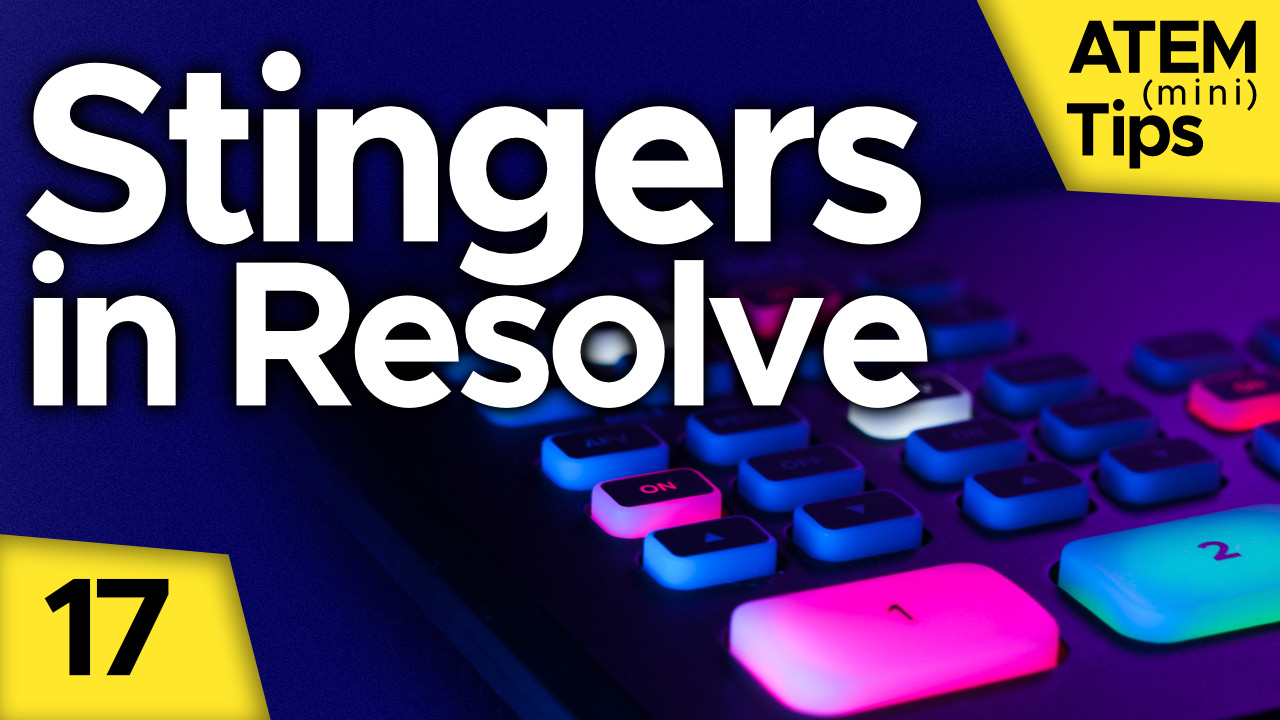
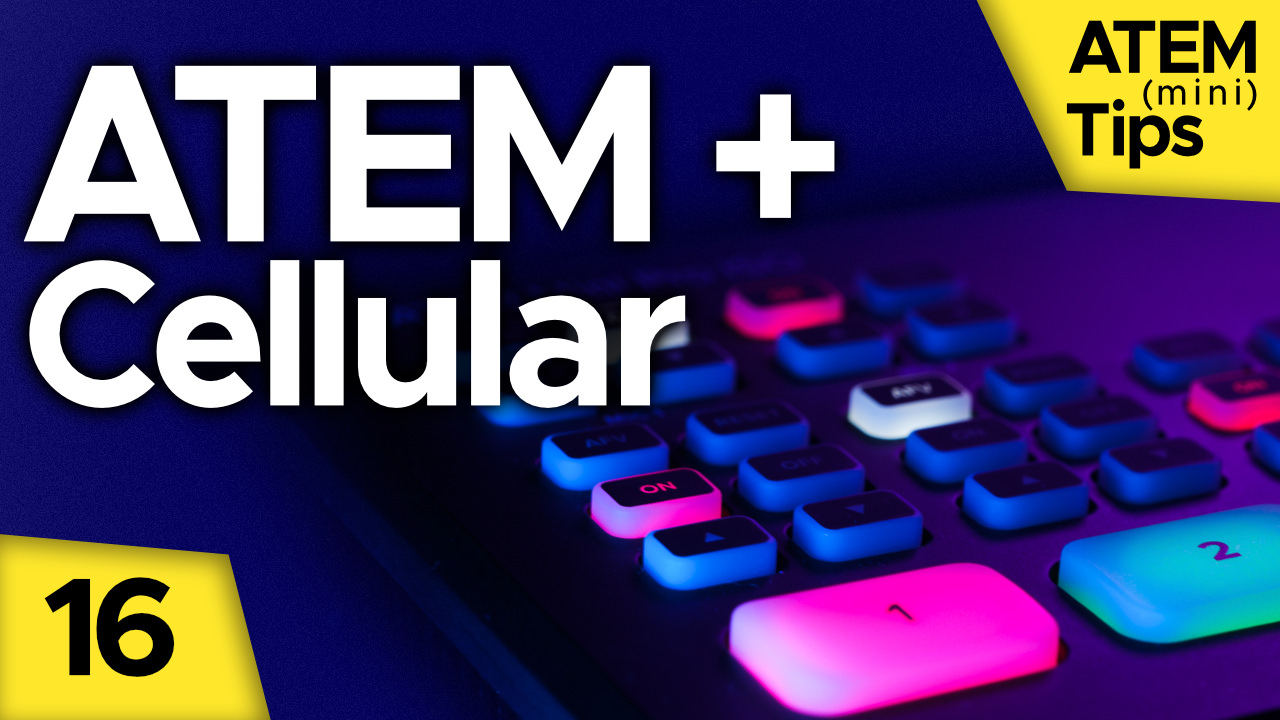
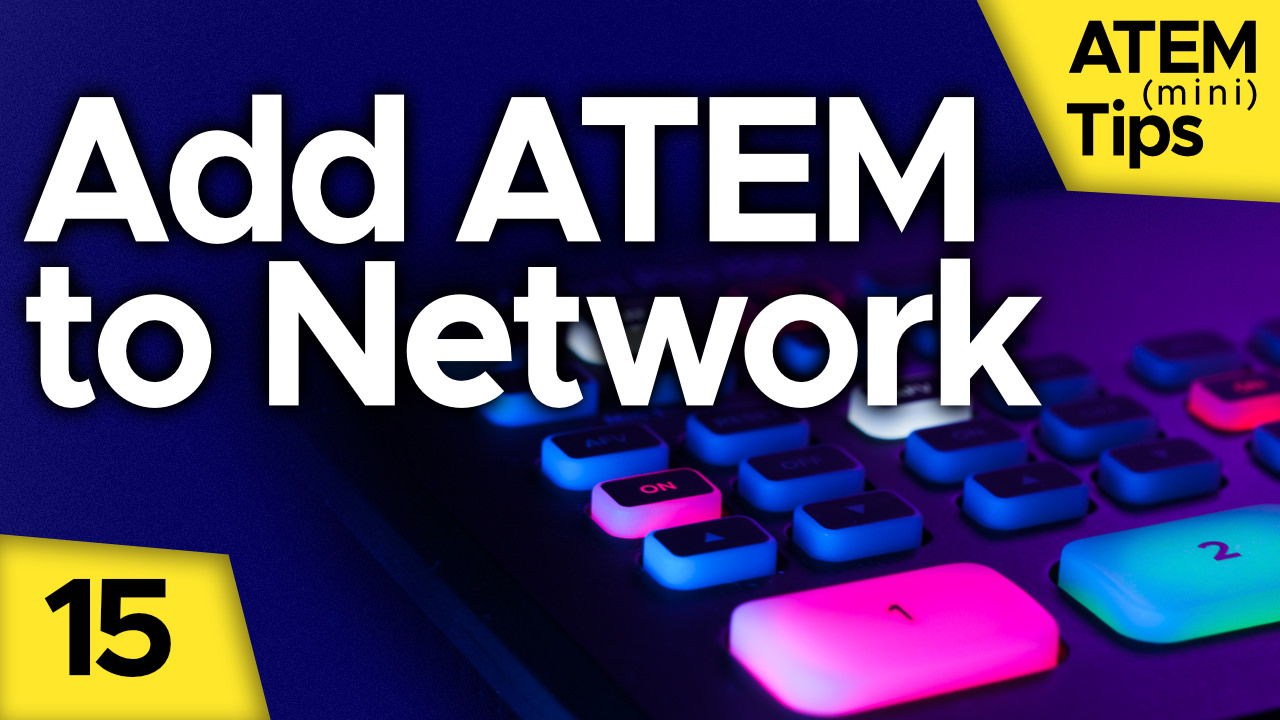
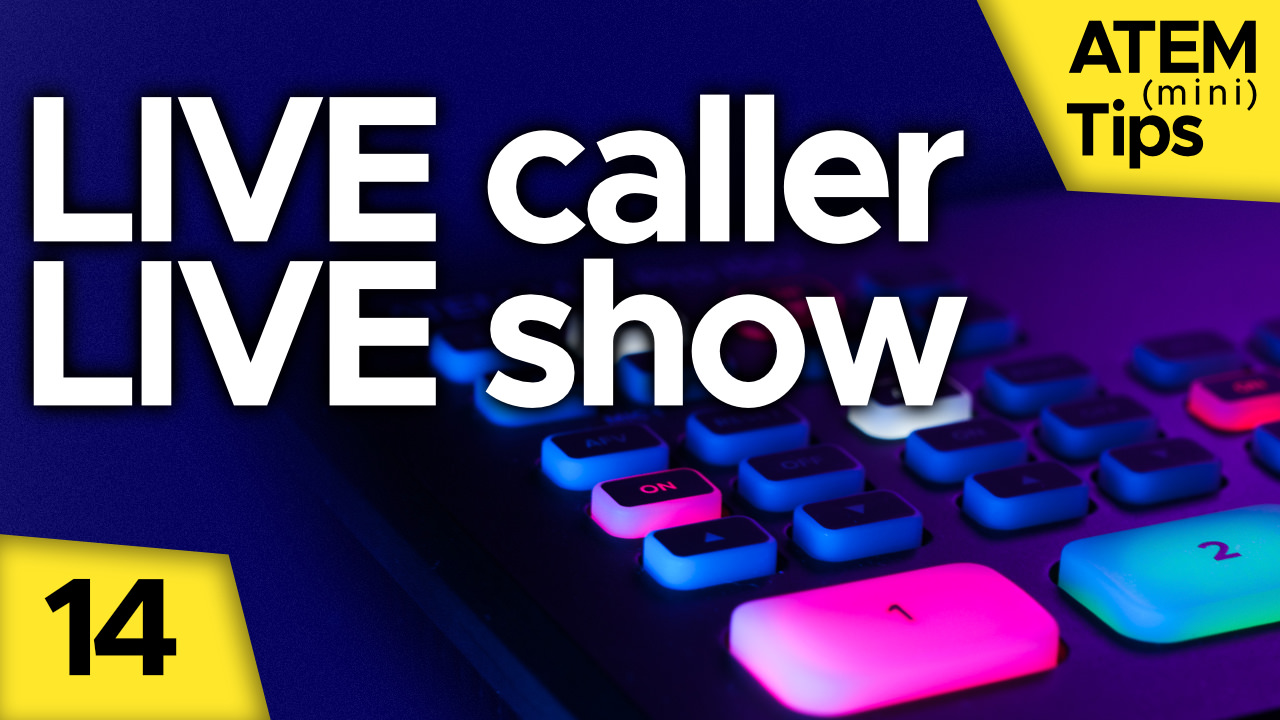
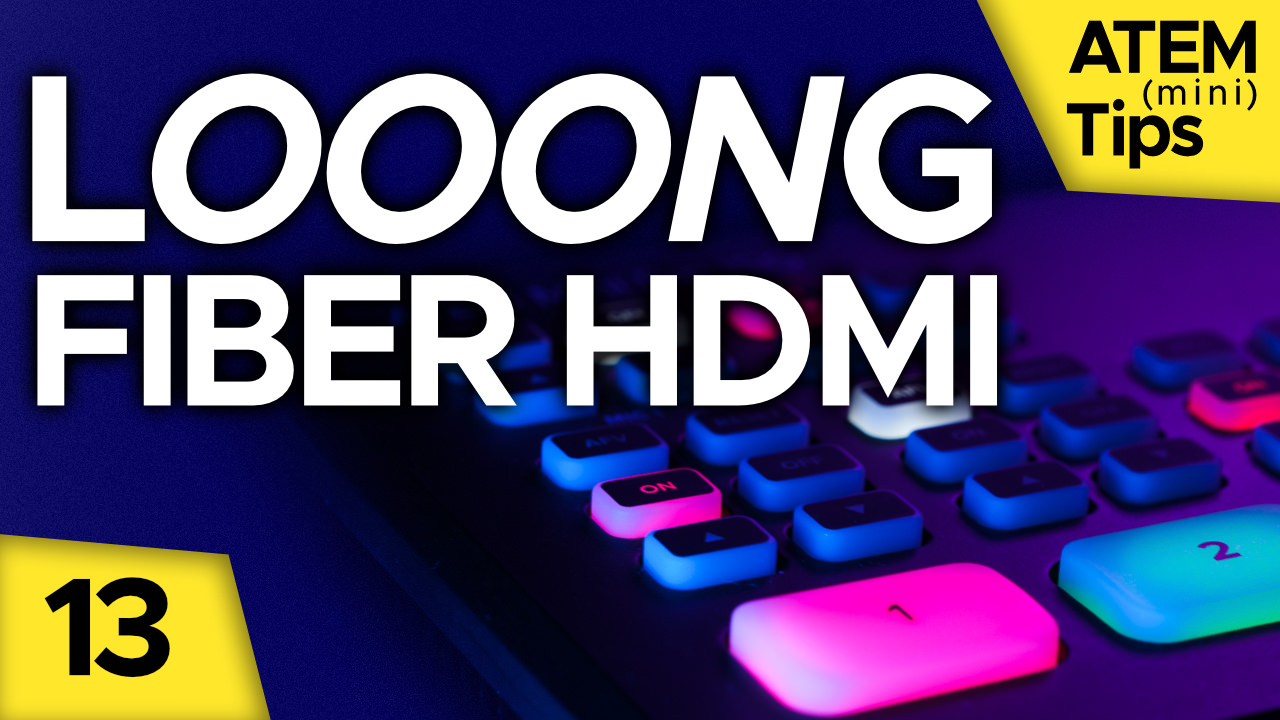
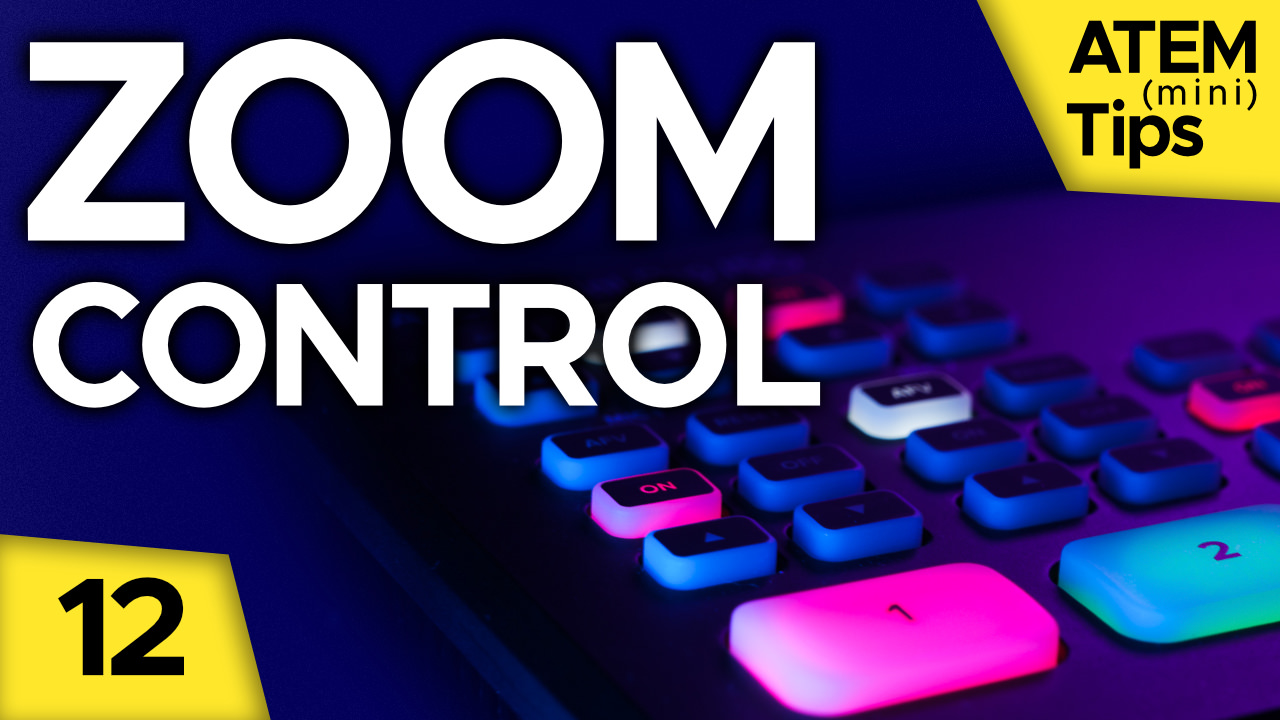
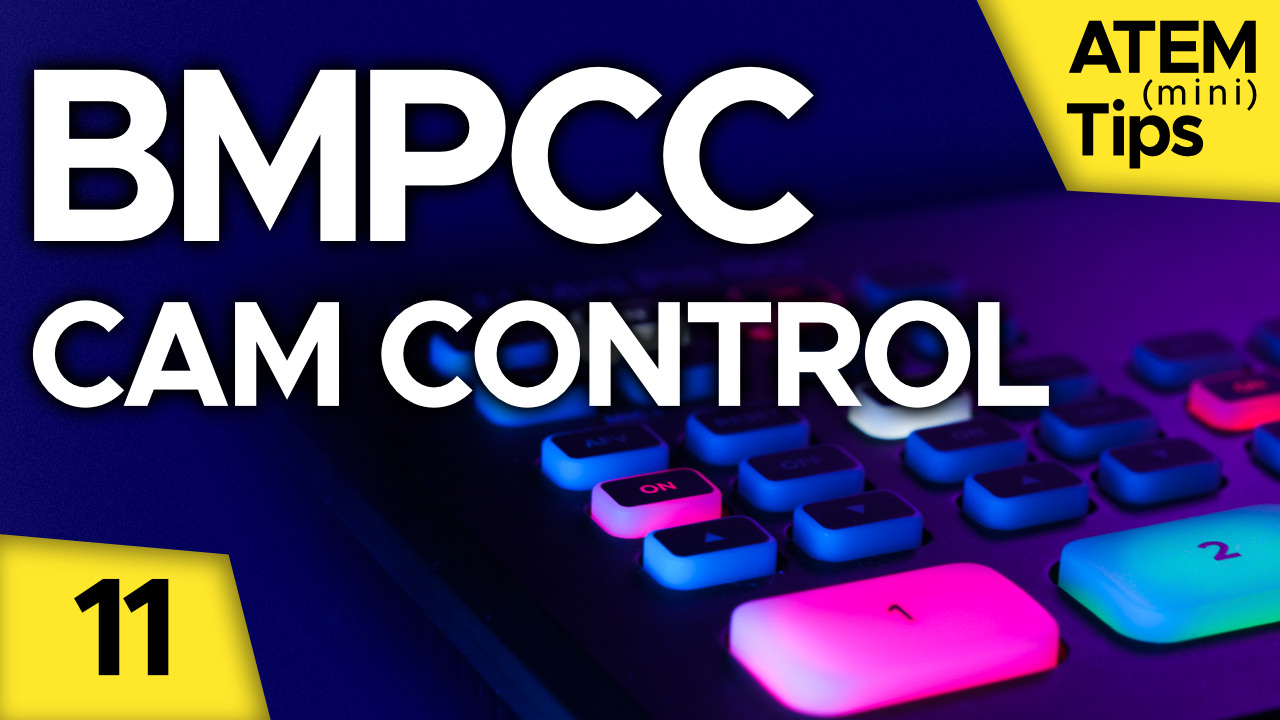
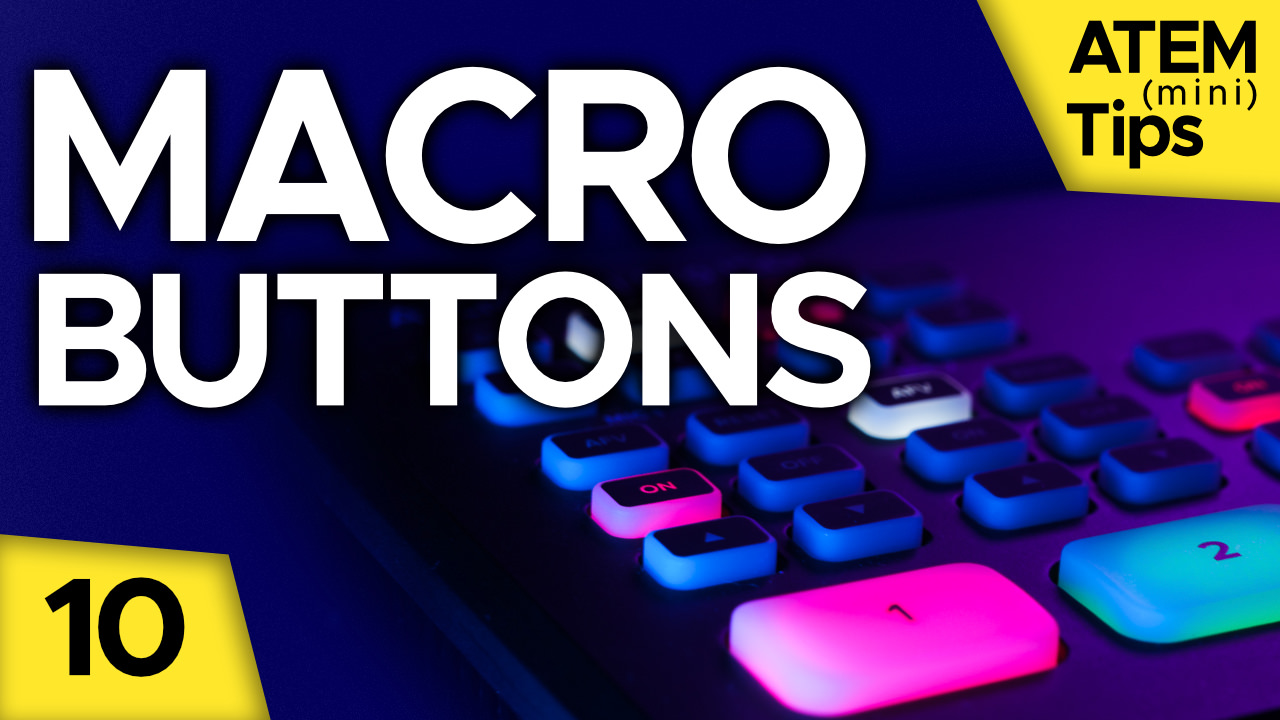
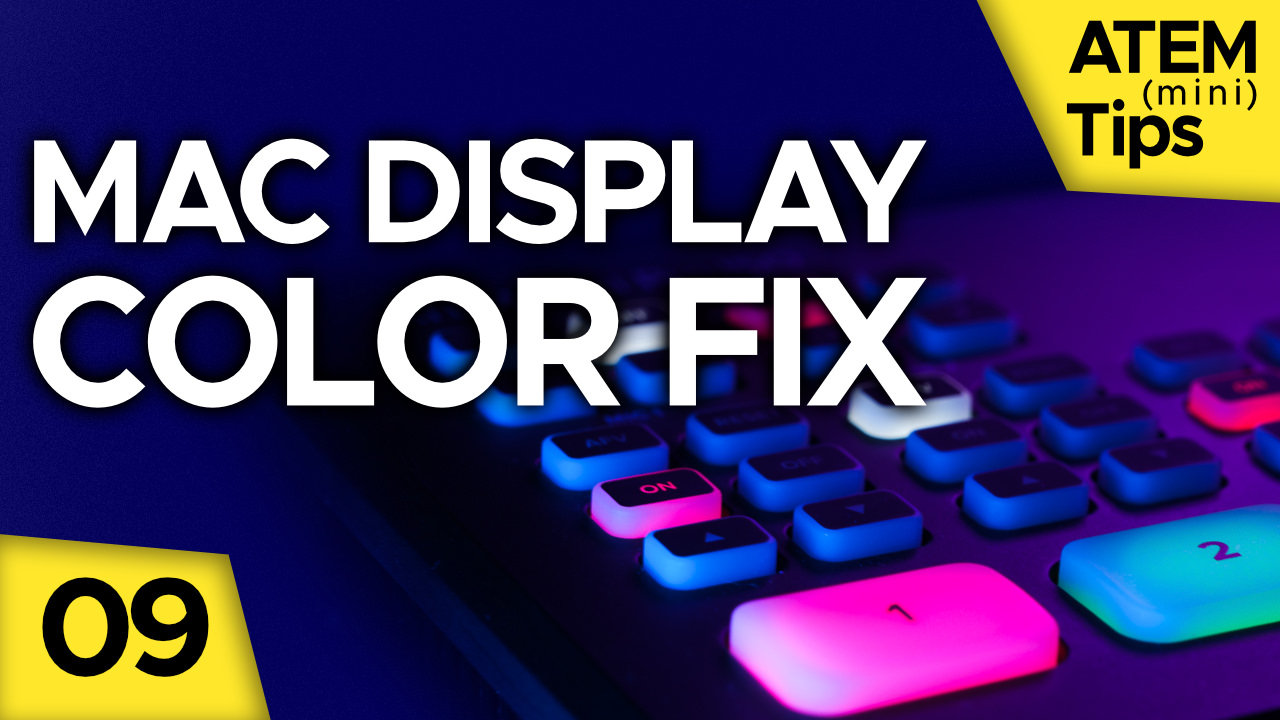

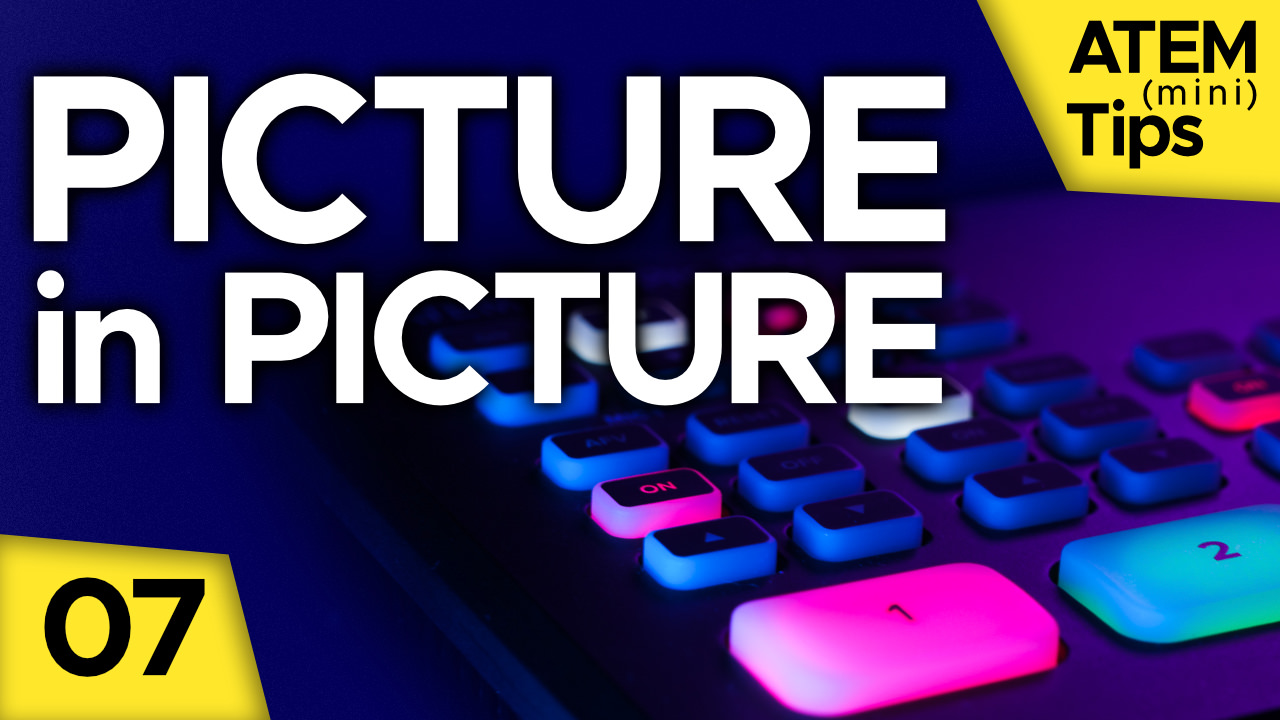
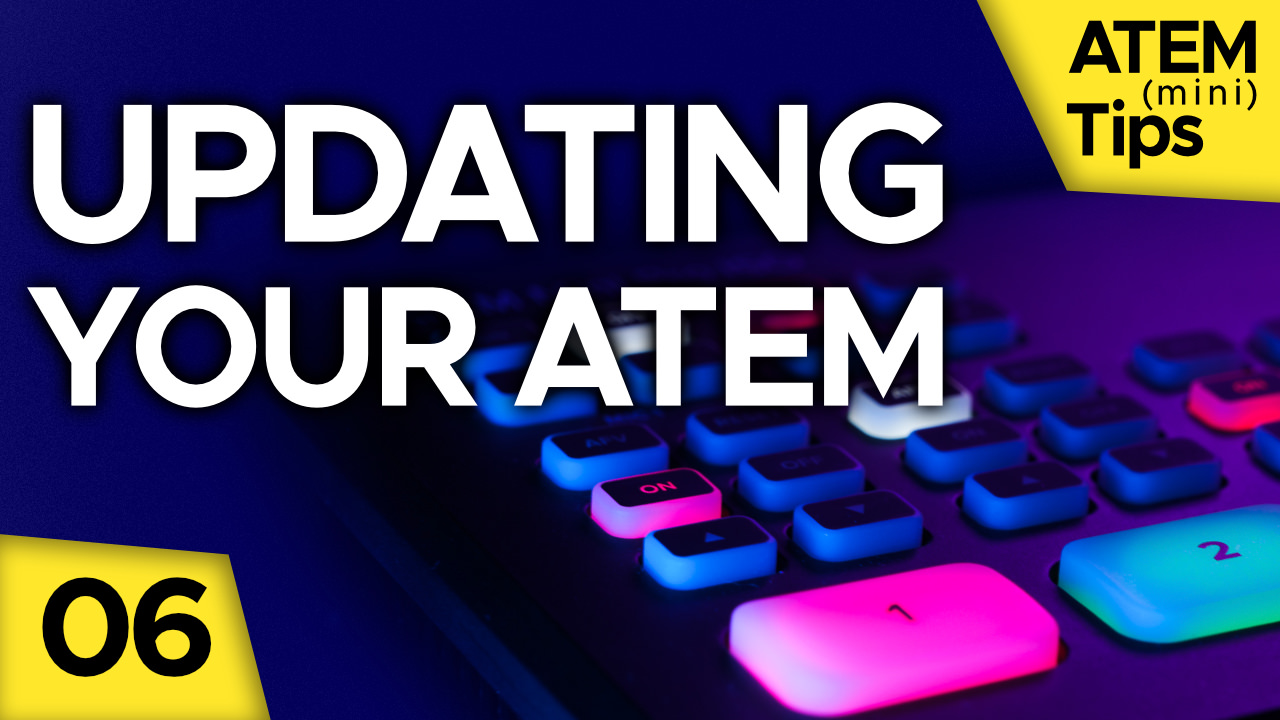
Comments from YouTube